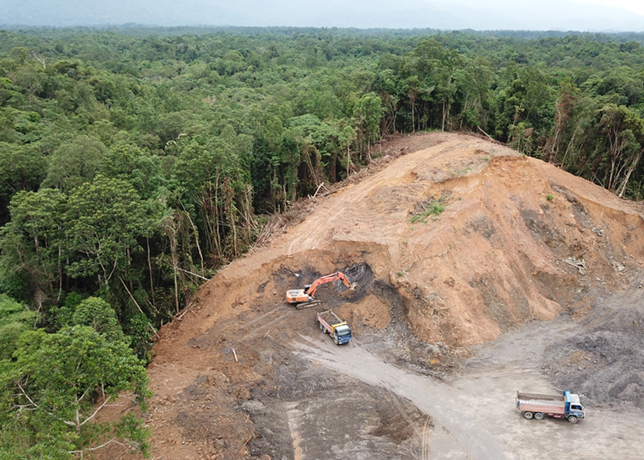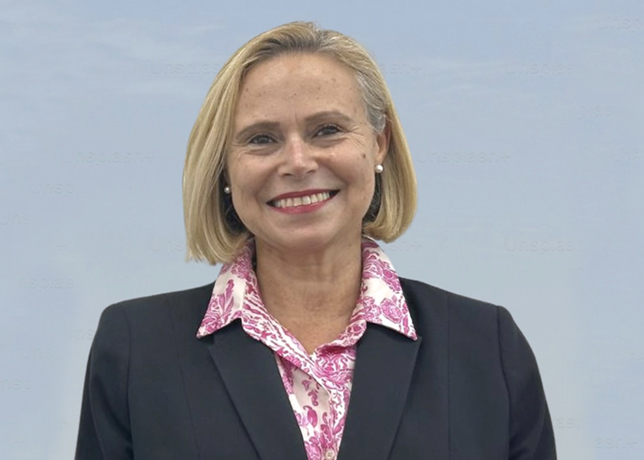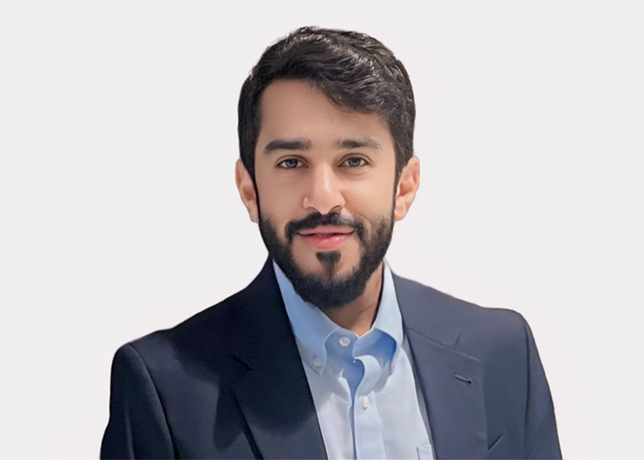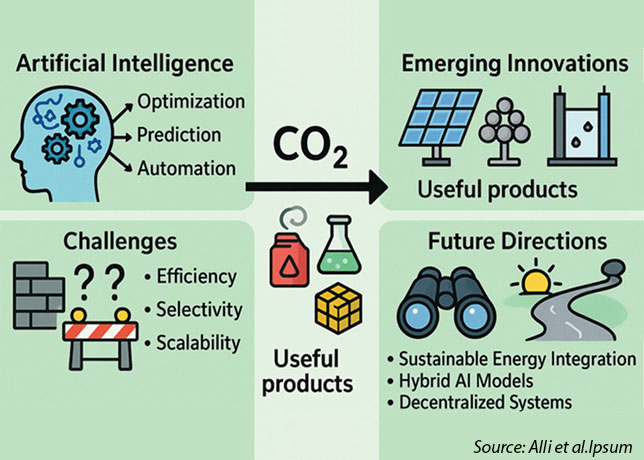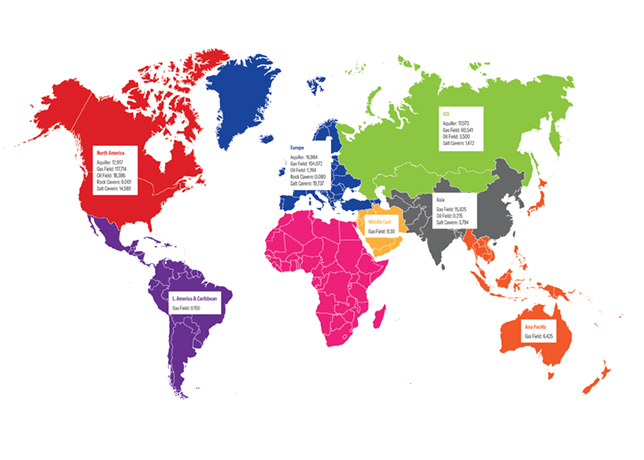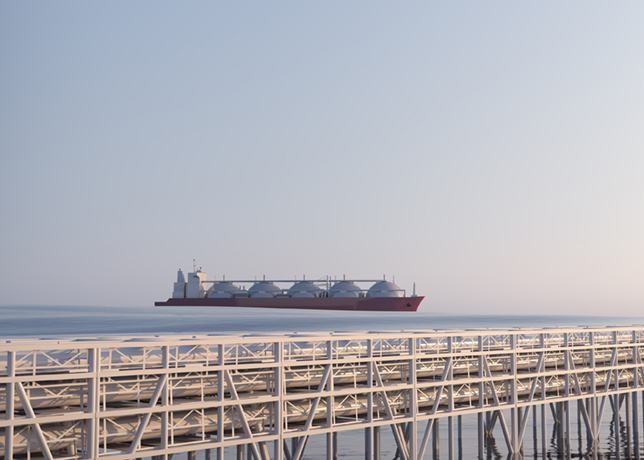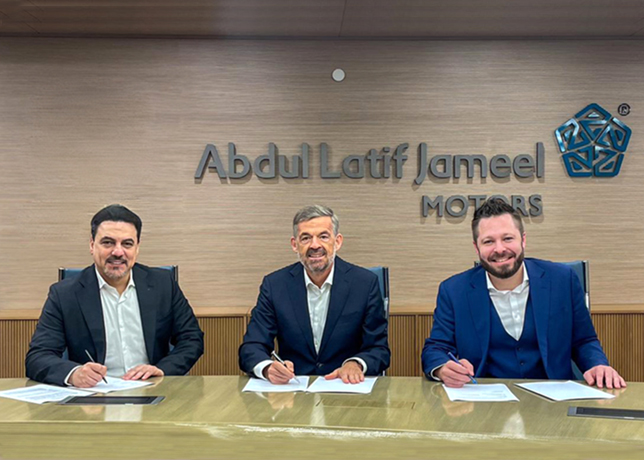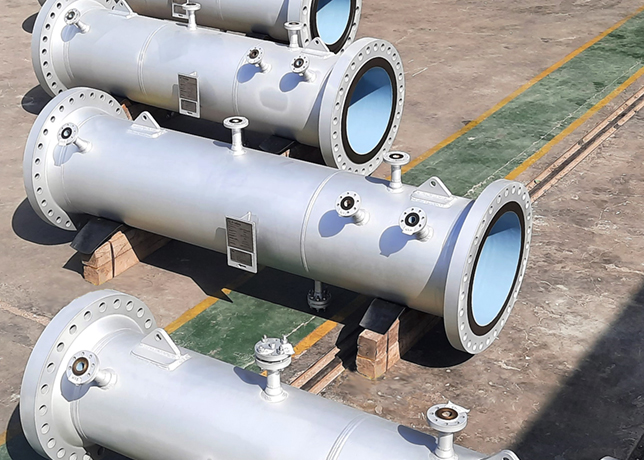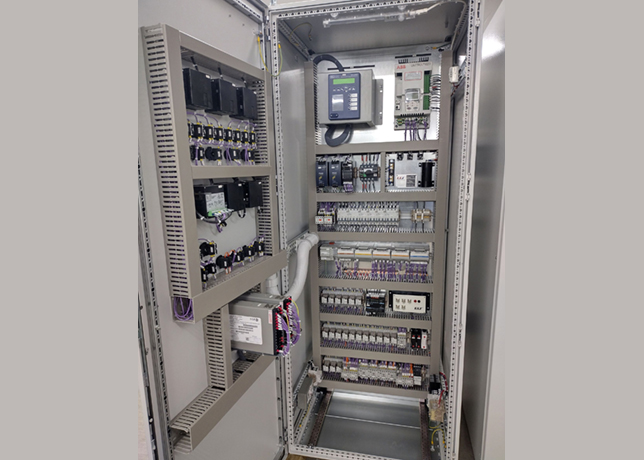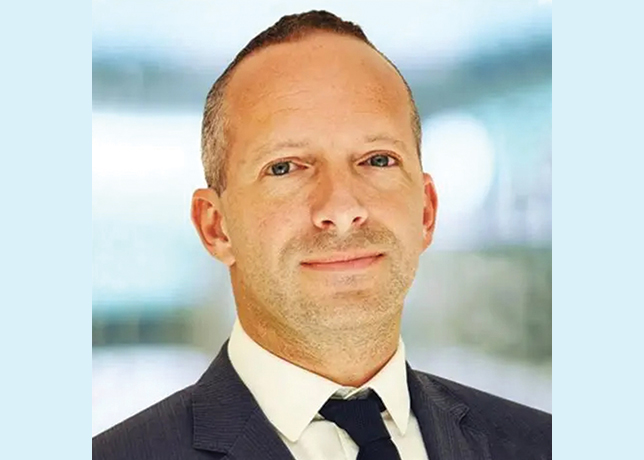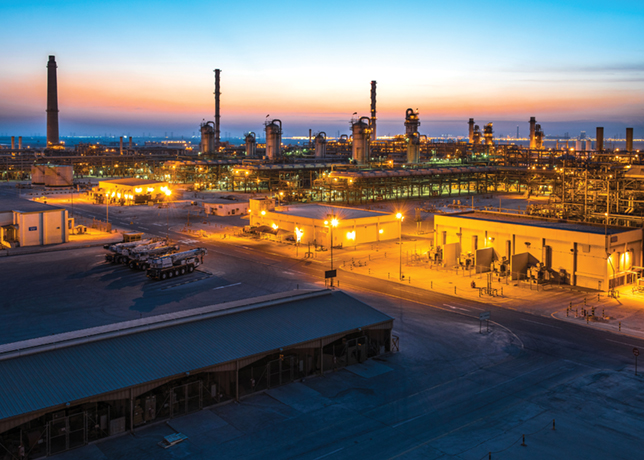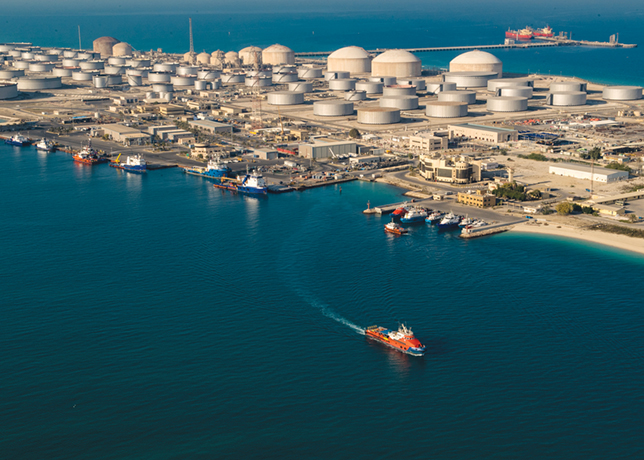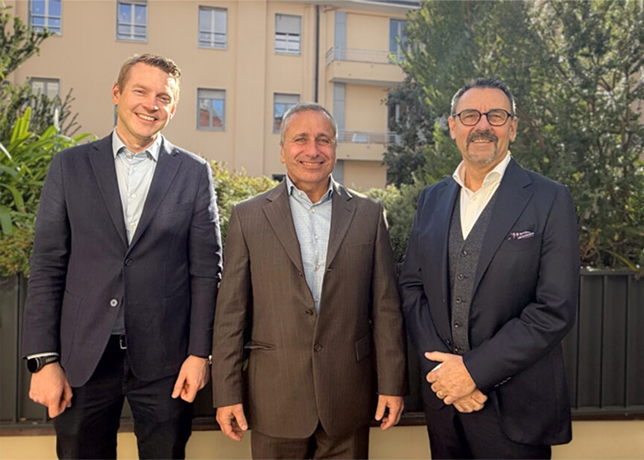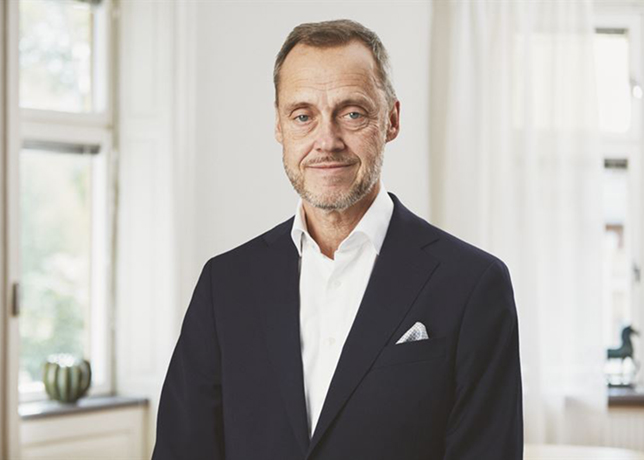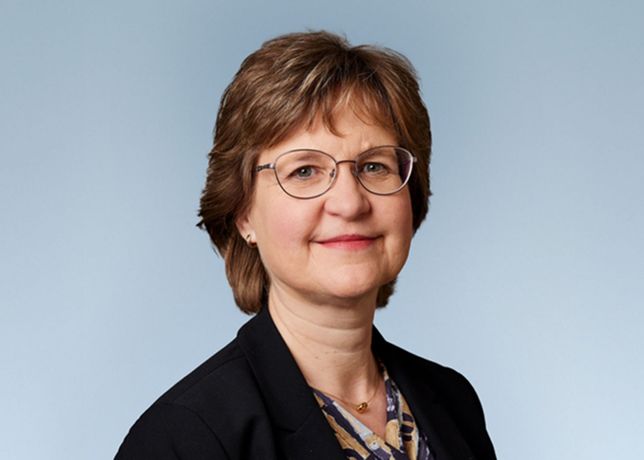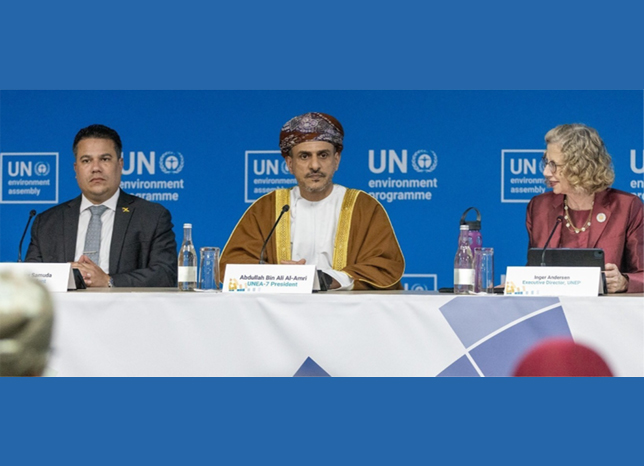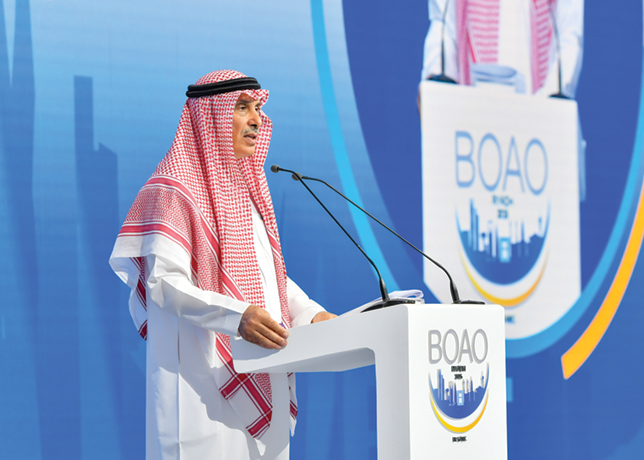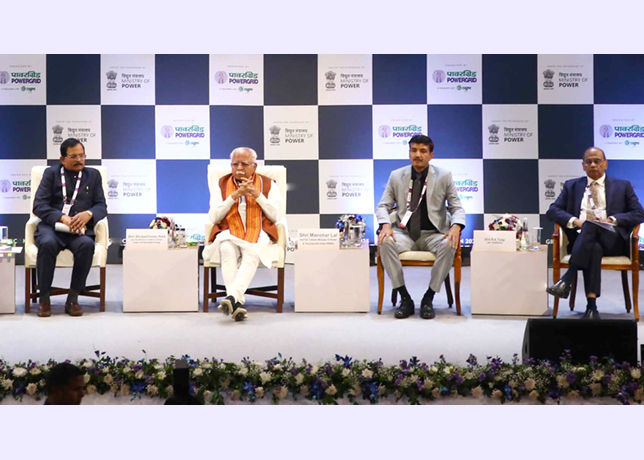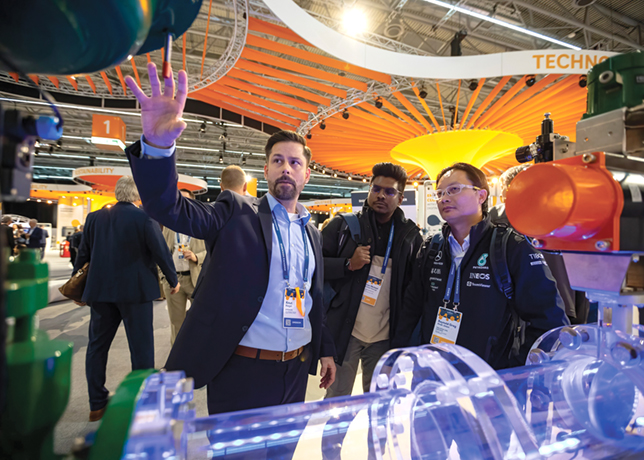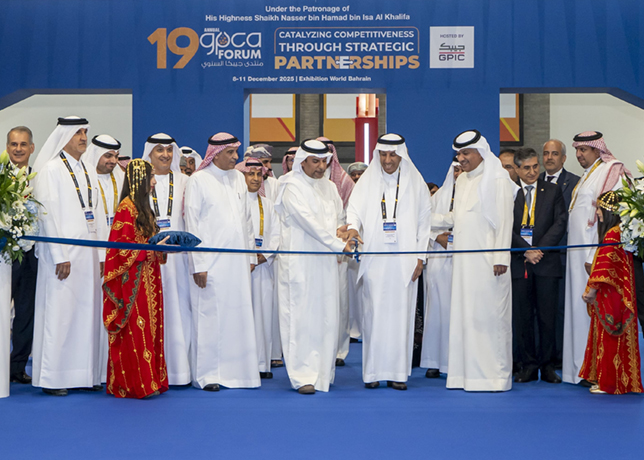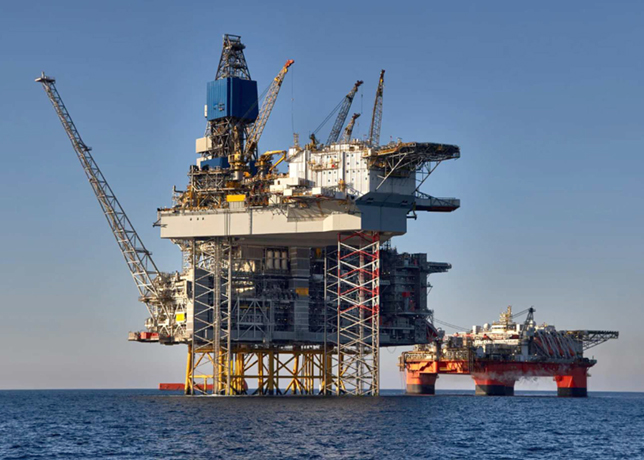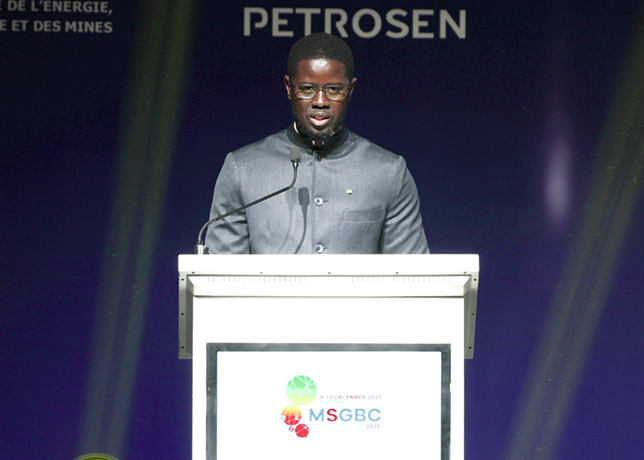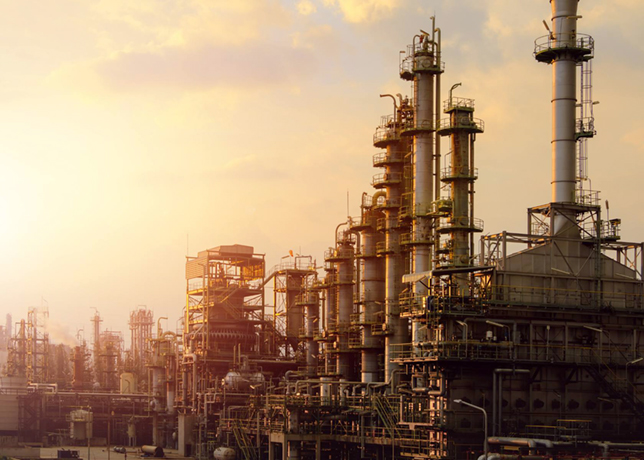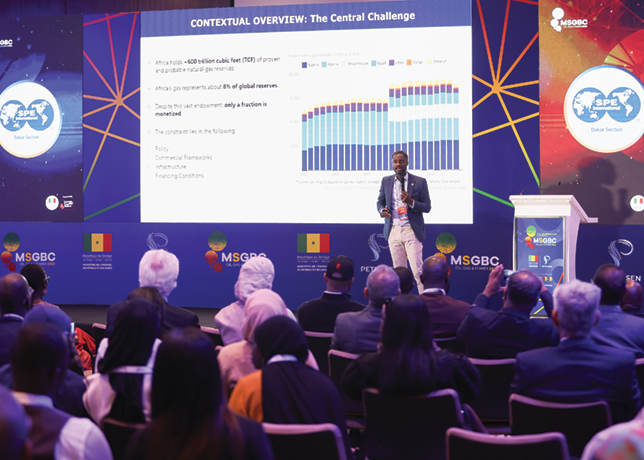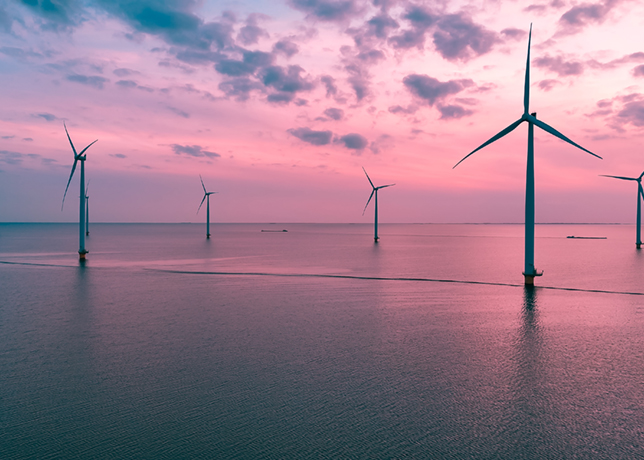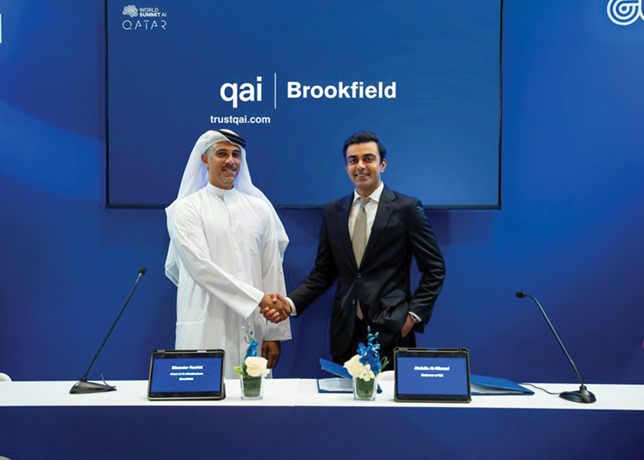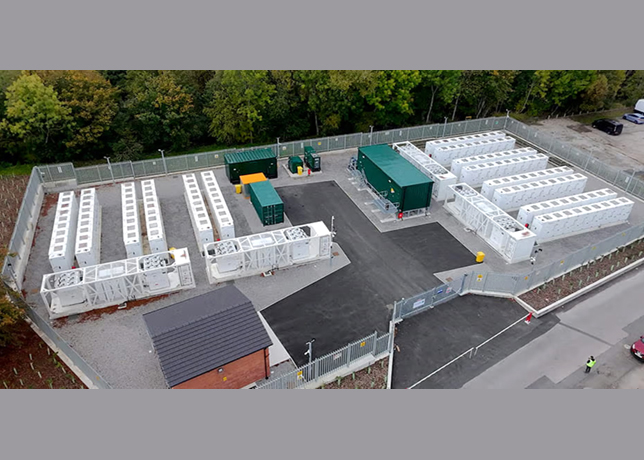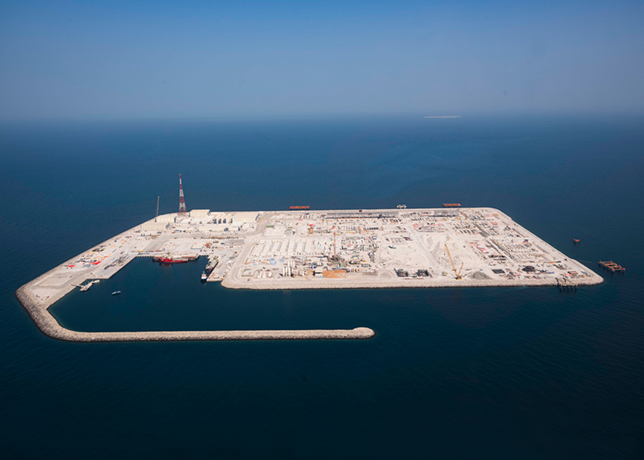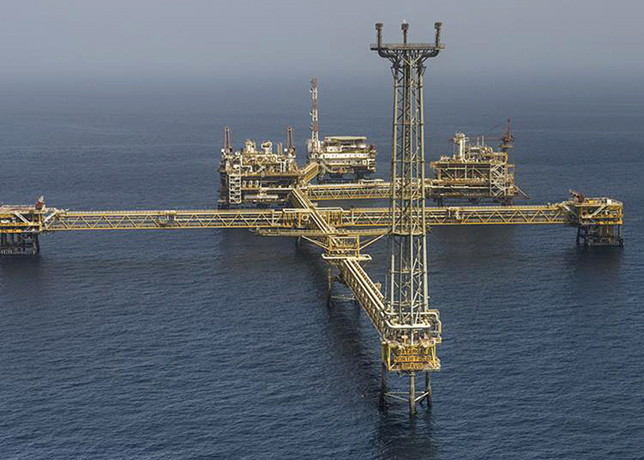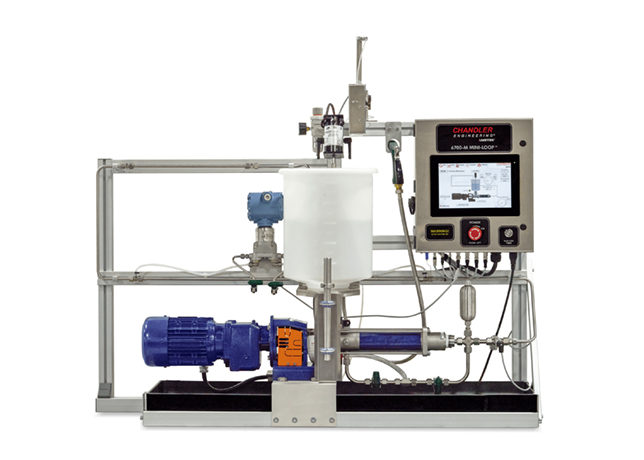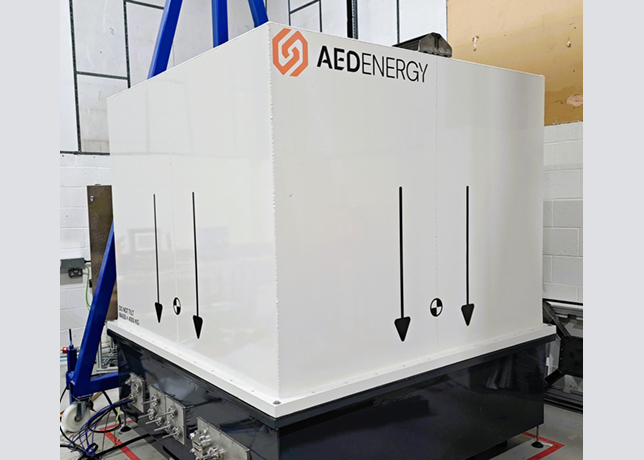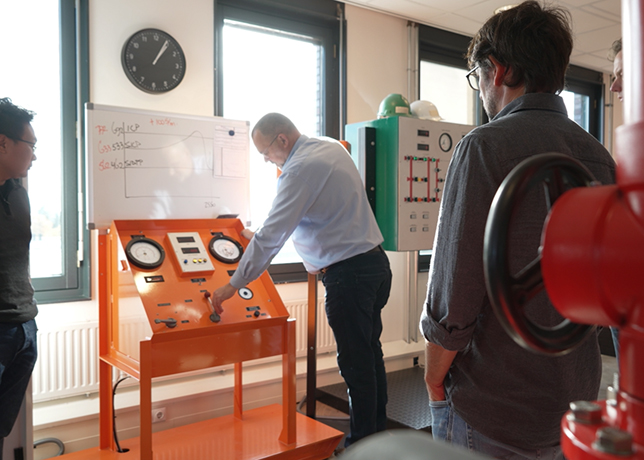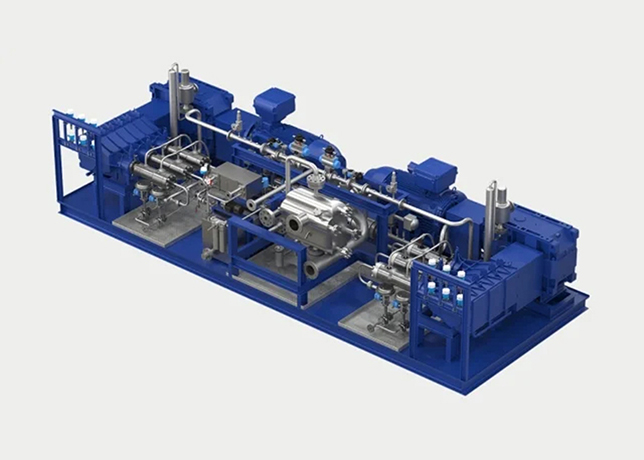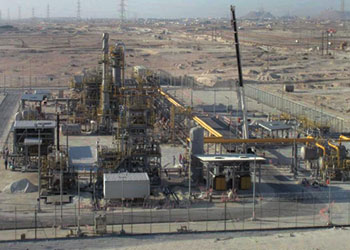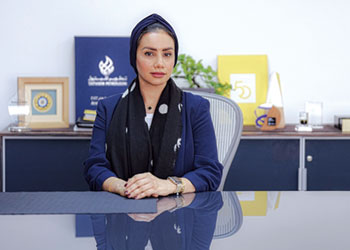
 Thomas ... commitment to real climate action
Thomas ... commitment to real climate action
As a member of OGMP 2.0, Bahrain will leverage science-based measurement frameworks to report emissions on both operated and non-operated bases across all assets
Bapco Energies, the integrated energy company leading the energy transition in the Kingdom of Bahrain, has become a member of the Oil and Gas Methane Partnership 2.0 (OGMP 2.0).
As a signatory to the United Nations Environment Programme's OGMP 2.0 Framework, Bapco Energies will be annually reporting methane emissions from operated and non-operated assets.
This involves leveraging the most accurate measurement methods and science-based measurement frameworks to report emissions on both operated and non-operated bases across all assets.
This strategic decision aligns with Bapco Energies' commitment to reduce carbon emissions in line with the Kingdom’s National Energy Strategy.
The company aims to implement cutting-edge solutions to minimise emissions in alignment with the Kingdom's decarbonization targets, it stated.
At the COP26 summit held in Glasgow in 2021, His Royal Highness Prince Salman bin Hamad Al Khalifa, Crown Prince and Prime Minister of Bahrain, made a commitment that the Kingdom would achieve net-zero by 2060, cut emissions by 30 per cent through decarbonization and efficiency initiatives by 2035, and double the deployment of renewables.
Commenting on the partnership, Group CEO Mark Thomas said: "We are proud to be joining the United Nations Environment Programme's Oil and Gas Methane Partnership 2.0 Framework. This globally recognized, industry-specific reporting standard enables us to comprehensively track and compare our progress and performance with peers in the industry."
He said the announcement at COP28 was a testament to the Kingdom’s responsibility and commitment to deliver real climate action.
"As signatories to the OGMP 2.0, we stand committed to achieving our net-zero targets which necessitated a complex decarbonization plan, particularly addressing unabated sources," he added.
Reducing methane emissions in our industry is one of the key global opportunities to preserve the environment and enhance the quality of life for everyone."
"We are thrilled to welcome Bapco Energies of Bahrain as part of our initiative," noted Giulia Ferrini, the OGMP 2.0 Programme Manager.
"Action by national oil companies is critical for methane progress, as they represent over half of global oil and gas production. By joining the Partnership, Bapco Energies demonstrates its commitment to better methane reporting and management and supports Bahrain’s climate efforts under the Paris Agreement and Global Methane Pledge in time for COP28," she said.
OGMP 2.0, is the flagship oil and gas reporting and mitigation framework of the United Nations Environment Programme (UNEP).
It is a comprehensive, measurement-based international reporting framework for the energy sector that works to improve the accuracy and transparency of methane emissions reporting, which is crucial for meaningful mitigation.
BAHRAIN EMISSIONS RECORD
Bahrain saw a 1 per cent increase in GHG emissions in all sectors-power industry, industrial combustion and processes, buildings, transport, fuel exploitation, agriculture, and waste-in 2022 compared to 2021.
However, emissions grew 60 per cent versus 2005, and 132 per cent versus 1990, , according to data released by the European Commission’s in-house Emissions Database for Global Atmospheric Research (EDGAR).
Bahrain emitted 69.976 million tonnes of carbon dioxide equivalent (Mt CO2eq) in 2022. This was up from 62.937 Mt CO2eq in 2015, 43.733 Mt CO2eq in 2005, and 30.224 Mt CO2eq in 1990.
The country’s GHG emissions per capita has decreased over the years owing to the significant population increase. It was 39.290 t CO2eq per capita in 2022 for a population of 1.78 million (according to Edgar figures), compared to 45.877 t CO2eq per capita in 2015 for a population of 1.372 million.
EDGAR’s graphs compare GHG emissions for the last available year (2022) with the emission levels of the previous year (2021) and of two key years: 1990 (base year for national GHG inventory) and 2005, when the Kyoto Protocol came into effect.
The power industry has been the most carbon intensive overall, with emissions increasing 258 per cent in the period from 1990 to 2022. The industry reported a steady decline in emissions from 2005 to 2022, when it was 61 per cent.
When comparing emissions in 2022 to 2021, transport topped other sectors with a 6 per cent increase. This was followed by agriculture and buildings, each recording a 5 per cent increase; waster water sector, 3 per cent increase, industrial combustion and processes, 2 per cent increase; and the power industry and fuel exploitation segment both recording zero emissions.
Global greenhouse gas (GHG) emissions increased by 1.4 per cent in 2022 compared to 2021, reaching 53.8 gigatonnes of equivalent carbon dioxide (GtCO2eq), according to EDGAR data.
These figures are 2.3 per cent higher than the 52.6 Gt CO2eq emissions recorded in 2019.
China, the US, India, the EU27, Russia and Brazil were the six world largest GHG emitters in 2022.
Together they accounted for 50.1 per cent of global population, 61.2 per cent of global GDP, 63.4 per cent of global fossil fuel consumption and 61.6 per cent of global GHG emissions.
Global emissions have grown steadily since the beginning of the 21st century in comparison to the two previous decades, mainly due to the increase in fossil CO2 emissions by China, India, and other emerging economies.
In 2022, the majority of GHG emissions were from fossil fuel, which accounted for 71.6 per cent of total emissions, while methane (CH4) contributed by 21 per cent to the total, nitrous oxide (N2O) by 4.8 per cent and fluorinated gases (F-gases) by 2.6 per cent.
By Abdulaziz Khattak






